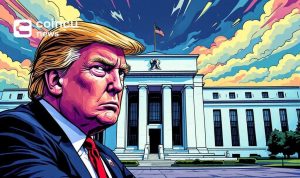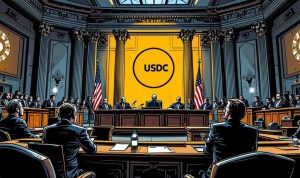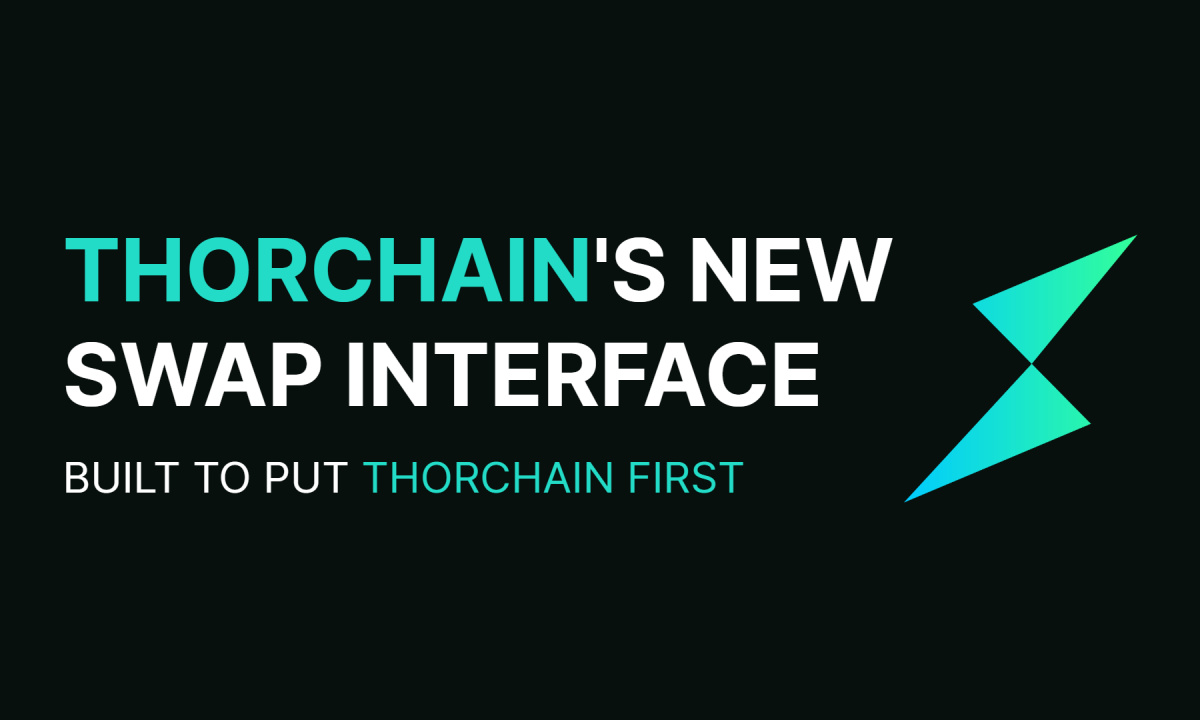Key Points:
- FTX’s founder, Sam Bankman-Fried, once contemplated selling to Binance.
- Bankman-Fried testimony showed optimism despite challenges.
- His limited oversight and concerns about Alameda were highlighted.
In a recent Sam Bankman-Fried testimony, the founder of the cryptocurrency exchange FTX disclosed his initial intention to sell the exchange to industry giant Binance during its early days.

Bankman-Fried Testimony Reveals FTX’s Journey
According to CNN, Bankman-Fried testimony revealed that FTX, co-founded by him and Gary Wang in 2019, was conceived as a platform specializing in margin trading, offering customers the opportunity to make significant bets in a market where such services were scarce.
He believed that FTX could carve a niche by catering to margin traders, a segment largely overlooked by other exchanges at the time. He anticipated that Binance or similar players might express interest in acquiring FTX, a point he reiterated during his testimony.
The cryptocurrency landscape in 2019 was crowded, but Bankman-Fried found existing exchanges’ “design philosophies” to be unwieldy and unappealing. FTX aimed to provide a more streamlined and user-friendly experience for traders, as Bankman-Fried emphasized in his testimony.
Initially, the FTX founder contemplated selling to Binance as he faced the challenge of attracting customers, a perspective he reaffirmed during the court proceedings. However, Binance later developed its own exchange platform in-house, leading Bankman-Fried to pursue the growth of FTX independently.
Despite the daunting task of customer acquisition, Bankman-Fried’s outlook shifted from despair to optimism, seeing a 20% chance of success, a sentiment he echoed during his testimony. He noted that this opportunity was significant, especially given the dominance of multi-billion-dollar exchanges in the market, a point he stressed in his testimony.
Bankman-Fried’s Oversight and Alameda Concerns
Additionally, Bankman-Fried testimony emphasized that he did not have direct oversight of other executives at FTX and Alameda Research, both of which he served as CEO. He asserted that he was not deeply involved in programming and was unaware of certain activities related to the withdrawal of FTX customer funds, a key issue in the ongoing case, a fact reiterated in his testimony.
In September 2022, Bankman-Fried expressed concerns about the crypto market’s turmoil and the risk it posed to Alameda Research, a concern highlighted in his testimony. He worried about Alameda’s lack of hedging and the potential insolvency of the company, a point he reiterated in his testimony. This unease was reflected in a memo he wrote, highlighting his concerns about the state of Alameda’s leadership and management, which he addressed during his testimony.
Coincu will continue to update the situation related to the trial, you can find out more information through this article.
DISCLAIMER: The information on this website is provided as general market commentary and does not constitute investment advice. We encourage you to do your own research before investing.






















